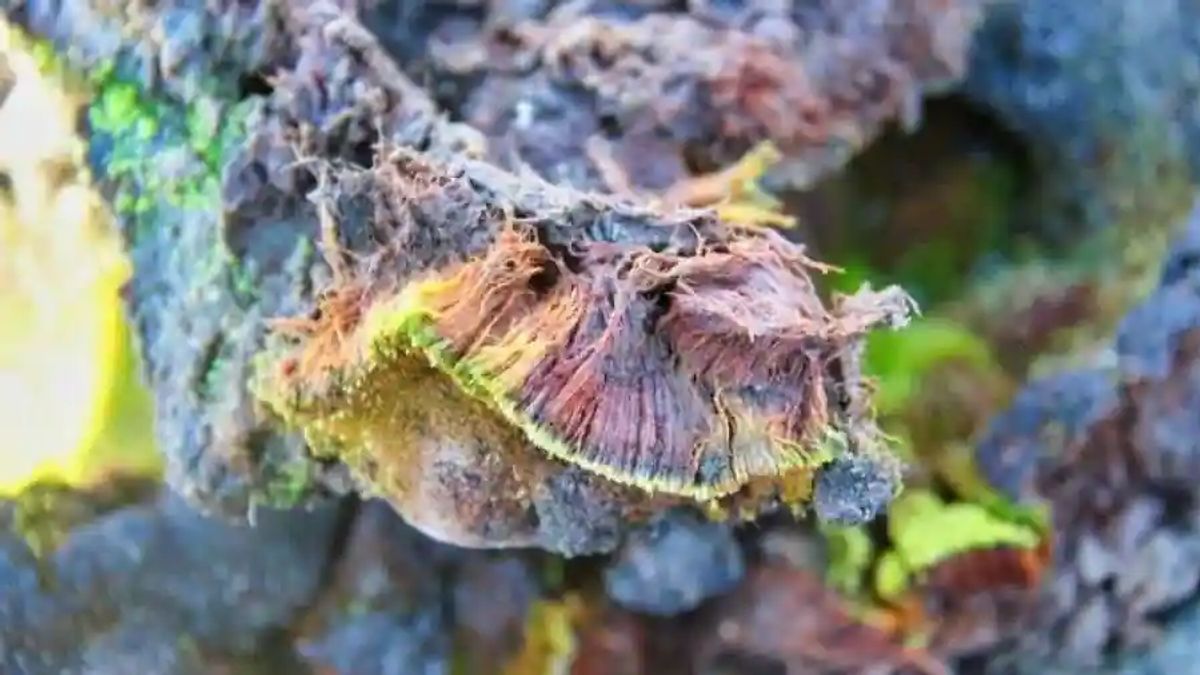JAKARTA - A team of scientists from India has discovered a new plant species in Antarctica. In 2017 this team of Polar biologists discovered a species of lichen while exploring an ice-covered continent.
Bryum Bharatiensis is the name of a new species given by biologists from the Central University of Punjab in India. Apart from meaning goddess of learning in Hinduism, Bharati is the name of one of India's Antarctic research stations.
The process of identifying this species is very tiring. It took scientists five years to confirm that the species they discovered was actually a new discovery. The Journal of Asia-Pacific Biodiversity published a peer-reviewed paper describing these findings.
The dark green species was discovered in Larsemann Hills, overlooking the Southern Ocean, by Professor Felix Bast, during a six-month expedition led by Indian scientists. It was the 36th expedition on the continent by Indian scientists. The site is near Bharati, one of the most remote research stations in the world.
"In rock and ice landscapes, the big question is how do lichens survive," said Professor Bast. Nitrogen is essential for plant growth, along with potassium, phosphorus, sunlight, water, and with 99 percent of Antarctica covered in ice, this is a puzzling discovery.
In the area of discovery, the king penguins also breed in large numbers. This lichen seems to be very common there, thriving in the nitrogen-rich penguin droppings. Since manure does not decompose in this climate, it is an added advantage.
In six months of winter when there is no sun and temperatures drop to -76°C, scientists are still not sure how plants can survive under heavy snow, without sunlight.
They think that during the very cold months, the moss will likely dry out to nearly inactive. They then germinate again in September when sunlight returns. When the snow melts, the dry moss then absorbs the water.
SEE ALSO:
Scientists from India sequenced DNA from plant samples after collecting them and examining their shape compared to other plants for five years. In Antarctica, the land of extremes, more than 100 types of lichens have been identified so far.
During the expedition, scientists saw "alarming evidence" of climate change. Glaciers are melting, ice sheets contain fissures, and melting ice sheets have lakes of melting glacial water on top.
Prof Bast notes that Antarctica is becoming greener, with temperate plant species, which previously could not survive on its frozen surface. But now it thrives all over the place. This signals a climate change that is worth worrying about.
A leading scientist and Chancellor of the CUP, Prof Raghavendra Prasad Tiwari, said the finding that the greening of Antarctica was disturbing.
"Some pathogenic microbes can emerge when the ice melts due to global warming," said Professor Prasad. "We don't know what's under the thick ice sheet."
In the four decades since India established its first research station on the continent, this is the first discovery of a plant species. Initially, the first station was established in 1984, but was abandoned in 1990 after being buried by ice. Two stations remain in operation throughout the year - Maitri and Bharati established in 1989 and 2012, respectively.
The English, Chinese, Japanese, Arabic, and French versions are automatically generated by the AI. So there may still be inaccuracies in translating, please always see Indonesian as our main language. (system supported by DigitalSiber.id)












